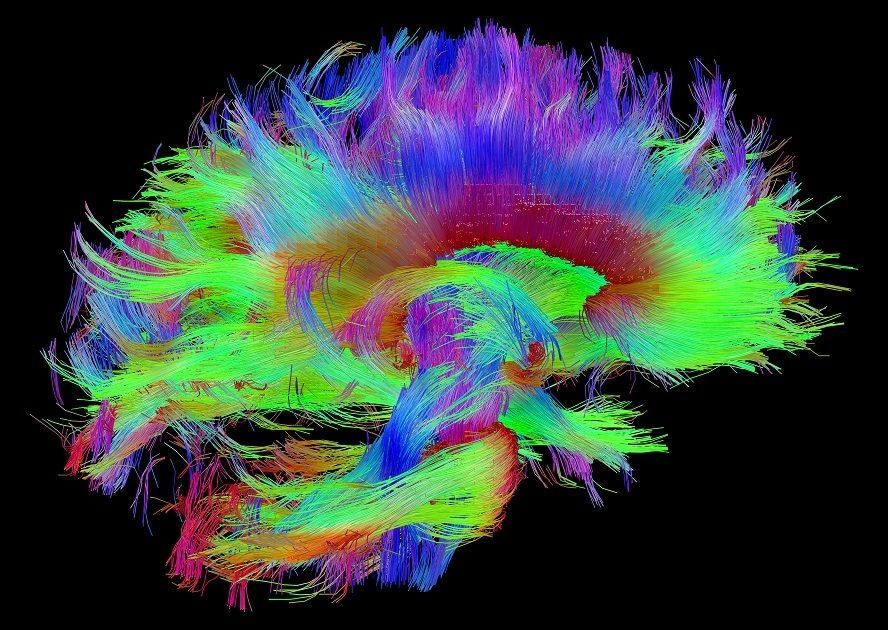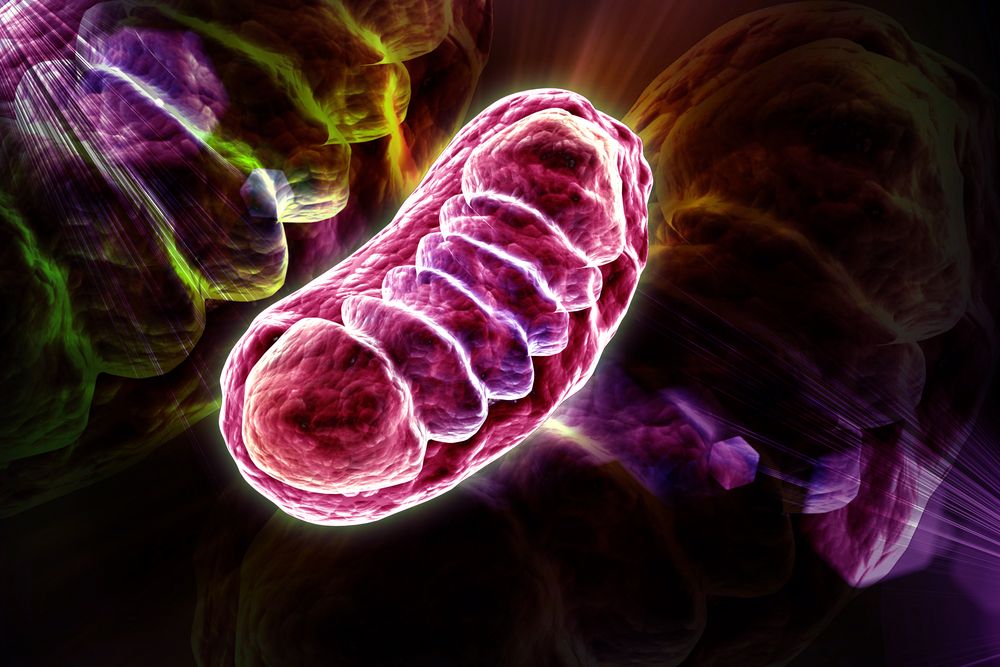Drugs shown to prevent Alzheimer’s in Mice.
Researchers suggest that rapamycin, metformin, and NAD boosters may be simple and inexpensive ways to prevent Alzheimer’s disease.



Scientists are searching for an effective Parkinsons treatment.
Summary: A disease-modifying drug for Parkinson’s disease remains the goal of researchers as they develop promising treatments using gene therapy, autophagy upregulators, and brain mapping. [Author: Brady Hartman. This article first appeared on LongevityFacts.]
Parkinson’s, Alzheimer’s and other forms of dementia are diseases of aging, and the incidence of these conditions rise with each passing year. Doctors expect these disorders to ramp up with increasing life expectancies.
Researchers aren’t just focusing on treatments for Alzheimer’s disease. Fortunately, scientists throughout the world are developing promising treatments for Parkinson’s disease as well.

The famed startup incubator Y Combinator put out a call for companies that want to increase human longevity and “health span.”
Who they want: Founders with new ideas for treating old-age diseases like Alzheimer’s, “but we will also consider more radical anti-aging schemes,” YC president Sam Altman told MIT Technology Review.
Why longevity? Efforts to stop old age don’t actually get funded much. “My sense is that economic incentives of drugs companies are screwed up” says Altman. “I don’t think we have enough people saying, How can we make a lot of people a lot heathier?”

“Neural dust,” thought-powered typing and mini-brains generate academic and corporate interest.

Hundreds of millions of years ago, at a time when back-boned animals were just starting to crawl onto land, one such creature became infected by a virus. It was a retrovirus, capable of smuggling its genes into the DNA of its host. And as sometimes happens, those genes stayed put. They were passed on to the animal’s children and grandchildren. And as these viral genes cascaded through the generations, they changed, transforming from mere stowaways into important parts of their host’s biology.
One such gene is called Arc. It’s active in neurons, and plays a vital role in the brain. A mouse that’s born without Arc can’t learn or form new long-term memories. If it finds some cheese in a maze, it will have completely forgotten the right route the next day. “They can’t seem to respond or adapt to changes in their environment,” says Jason Shepherd from the University of Utah, who has been studying Arc for years. “Arc is really key to transducing the information from those experiences into changes in the brain.”


J147 is an experimental drug that has been shown to treat Alzheimer’s disease, and it also appears to reverse some aspects of aging. It is also poised to enter human clinical trials in the near future, although how it works has been somewhat of a puzzle.
A new study published in the journal Aging Cell has changed all that, and the results are quite intriguing[1]. Researchers at the Salk Institute have solved the mystery of how J147 works and why it makes old flies, mice, and cells more youthful.


What are some of the things you don’t think machines are ever going to be able to do? Computers are still very weak when it comes to understanding. They can’t process a textbook and use the knowledge the way humans do. But that’s being worked on. There’s no real problem- solving limit to what can be done. Understanding what does it mean in terms of consciousness or anything like that, I know that the software won’t be in that realm at all. But it will be an incredible problem solver.
Microsoft founder Bill Gates spoke with TIME’s Nancy Gibbs about looking forward and what makes him optimistic about the future.